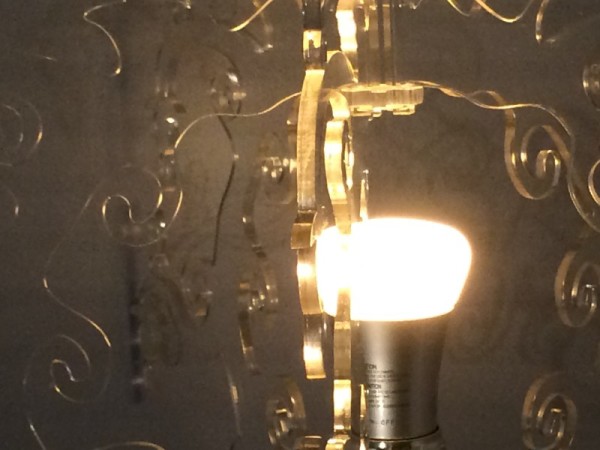


In 2007 the Energy Independence and Security Act (EISA) was signed outlining energy efficiency standards for consumer products, among them, the century old incandescent bulb. In 2012 the energy savings regulation started with the 100W bulb, followed by the 75W in 2013, and as of January 1st, 2014, the 40W and 60W ones have to comply with the requirements. If the new energy conservation thresholds, that require 25%-80% energy savings in light bulbs, cannot be achieved for these incandescent lamps, then the manufacturer cannot produce or import them. It’s not really a ban, but a strict regulation that if the incandescent technology cannot comply with, then it will need to be substituted by other sources such LED or fluorescent. Also, some incandescent bulbs are excluded from the strict guidelines. As much as we love the incandescent’s warmth glow, we need to find sustainable solutions for our planet.
Some interesting options are out there in the marked like the Philips Hue lamps that offer a fun way to substitute incandescent bulbs in residential applications. From warm to cool whites, and a wide range of color effects, it feels like we can get the energy conservation festivities started! Sylvania, GE , Philips, among others have also some straight-forward substitutes to the beloved incandescent bulbs.